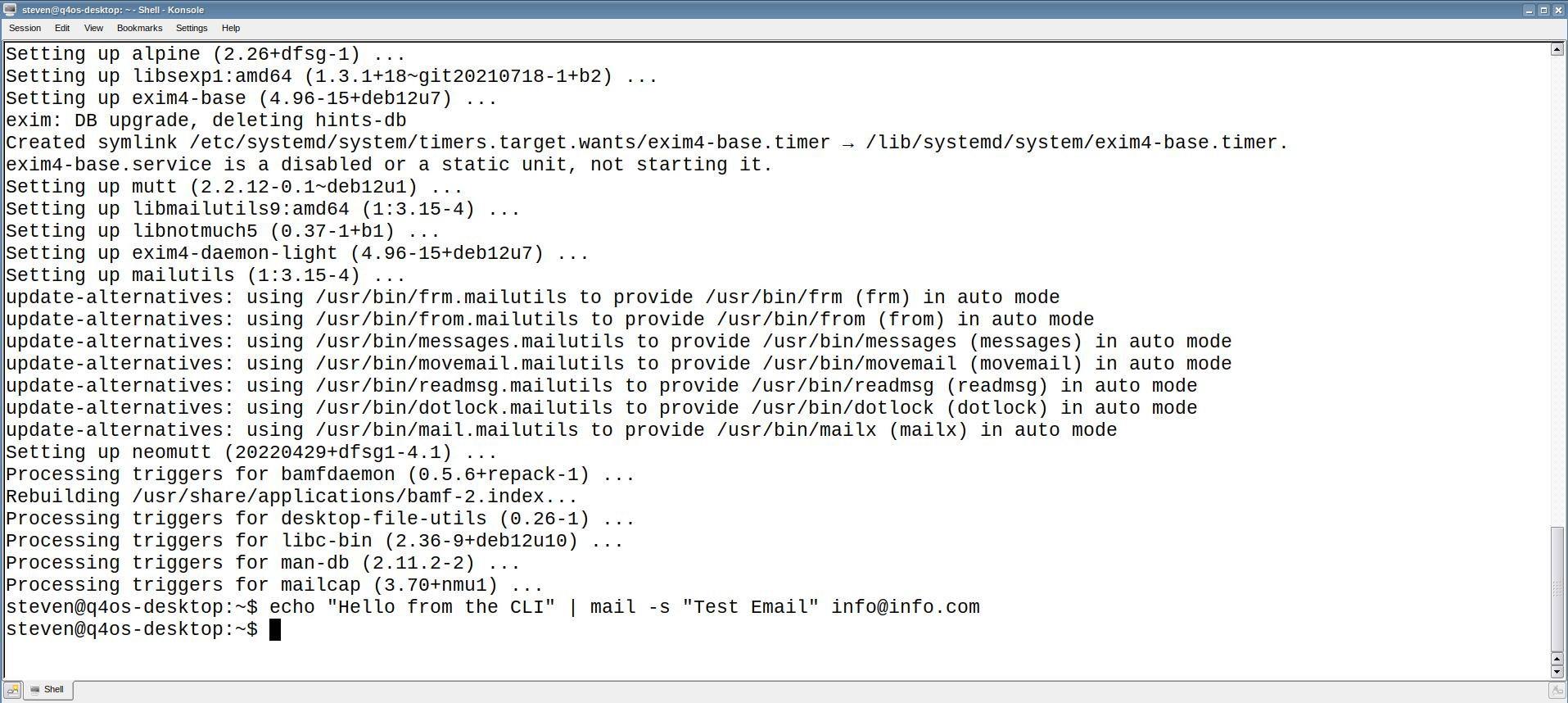The Maynard desktop environment is a modern, lightweight interface primarily developed for the Raspberry Pi, leveraging the Wayland display server protocol. It represents a significant step towards optimizing desktop environments for low-end hardware, providing both functionality and aesthetics in a resource-efficient package.
Origins and Development
Maynard is a product of collaboration between the Raspberry Pi Foundation and Collabora, a company well-known for its contributions to various open-source projects like GStreamer and Telepathy. The goal behind Maynard is to create a “functional, light, and pretty” desktop environment that makes the most of the limited resources available on devices like the Raspberry Pi (OMG! Ubuntu) (CNX Software – Embedded Systems News).
Technical Overview
Maynard utilizes Weston, the reference Wayland compositor, and GTK for its graphical user interface. This combination allows Maynard to run efficiently on the Raspberry Pi, taking full advantage of the hardware’s capabilities. The desktop environment includes features such as a dock on the left-hand side, which provides quick access to frequently used applications, volume control, and a hidden app drawer (OMG! Ubuntu).
Why Wayland?
One of the main reasons for developing Maynard is to provide Wayland support for the Raspberry Pi. Unlike the LXDE desktop environment, which is the default for Raspbian (now Raspberry Pi OS), Wayland allows for better performance and more efficient use of the Raspberry Pi’s hardware video scaler (HVS). This results in smoother graphics and a more responsive user experience (OMG! Ubuntu) (CNX Software – Embedded Systems News).
Running Maynard on Other Distributions
Although Maynard is designed with the Raspberry Pi in mind, it is not limited to it. Enthusiasts can install and run Maynard on other Linux distributions, such as Ubuntu. This requires some familiarity with compiling software from source and using the command line. Detailed installation instructions are available on the project’s GitHub repository (GitHub) (OMG! Ubuntu).
Current Status and Future Development
As of now, Maynard is still in active development. While it shows promise, there are several features yet to be implemented. The developers continue to work on improving the desktop environment, making it more robust and feature-rich over time. The open-source nature of the project means that community contributions are welcomed and encouraged (GitHub) (CNX Software – Embedded Systems News).
Conclusion
The Maynard desktop environment is a promising solution for users seeking a lightweight, efficient, and visually appealing desktop for their Raspberry Pi or other low-end hardware. By leveraging the capabilities of Wayland, Maynard offers an improved graphical experience, making it a noteworthy project in the realm of lightweight Linux desktop environments.
For more information and to access the source code, you can visit the Maynard GitHub repository (GitHub).
image: Wikipedia
SELinux Demystified: A Deep Dive into Kernel-Level Security 2025
Security-Enhanced Linux (SELinux) is one of the most powerful—and often misunderstood—security mecha…
Send Email from the Linux Terminal Command Line
For many system administrators, developers, and Linux power users, the command line remains the most…
AlmaLinux 10 vs Ubuntu 24.04 LTS for hosting
Here’s how AlmaLinux 10 stacks up against Ubuntu 24.04 LTS for VPS hosting—focusing on stability and…


